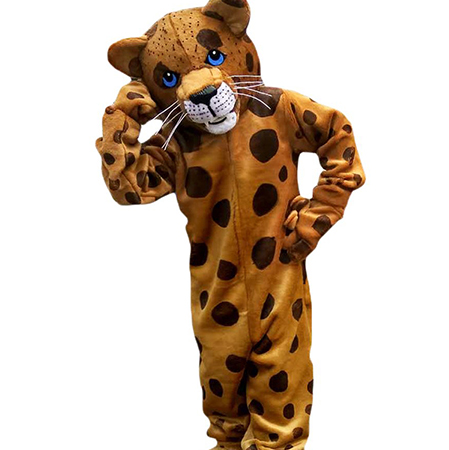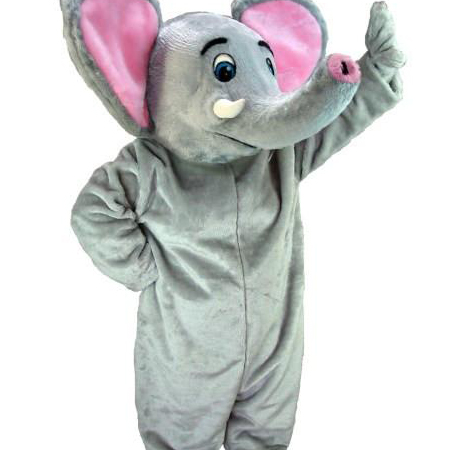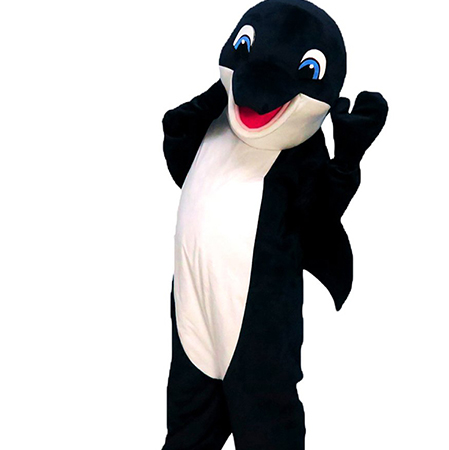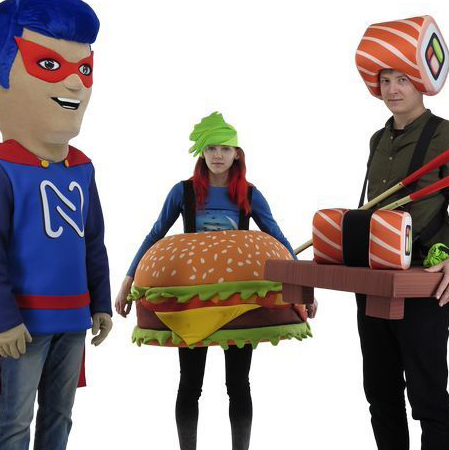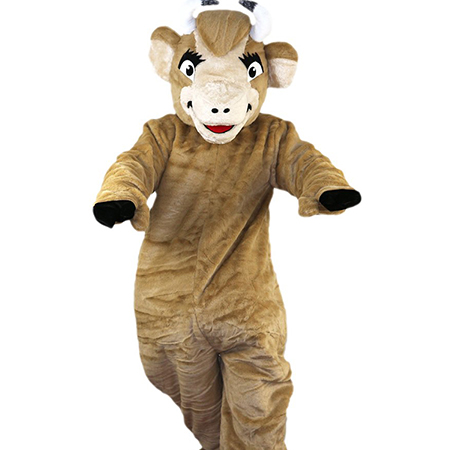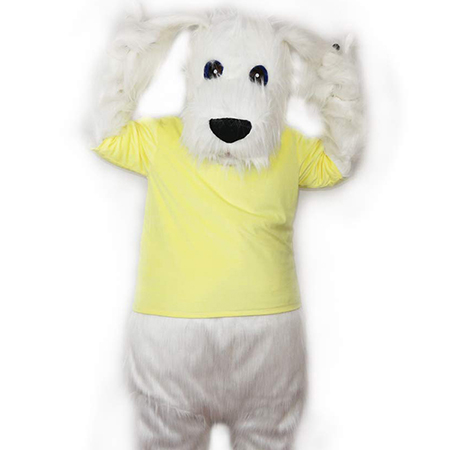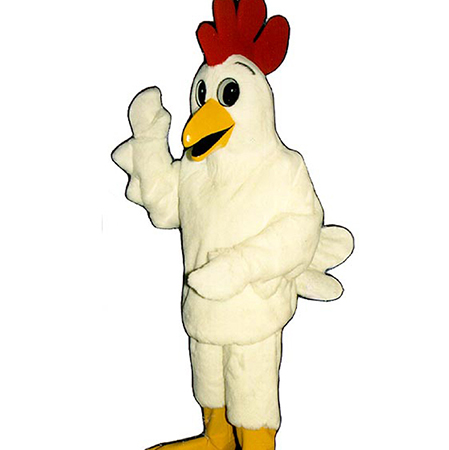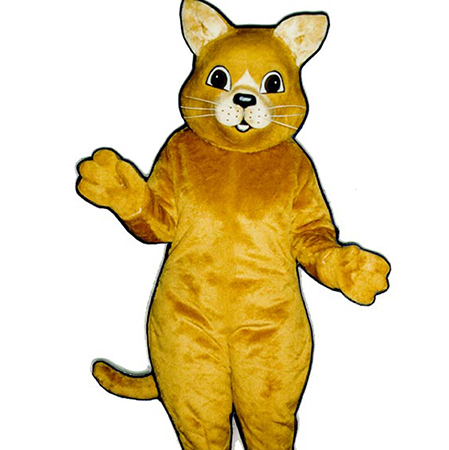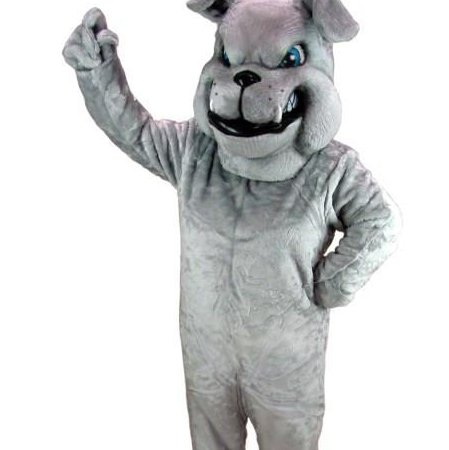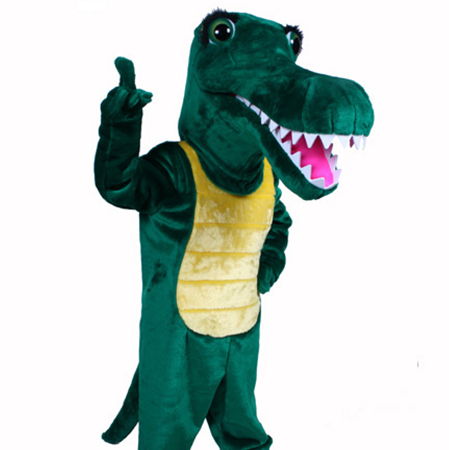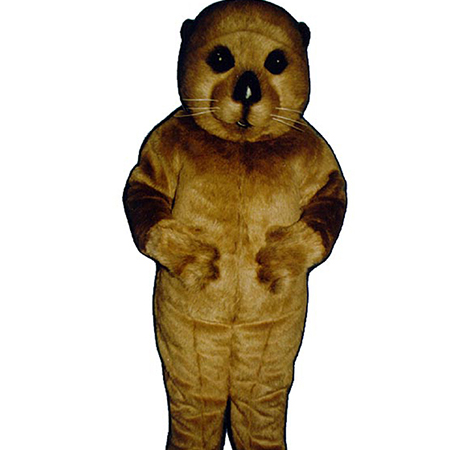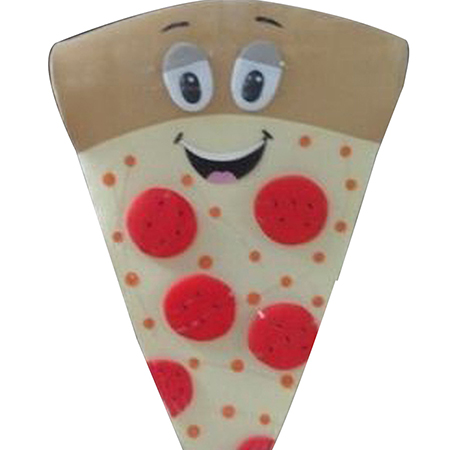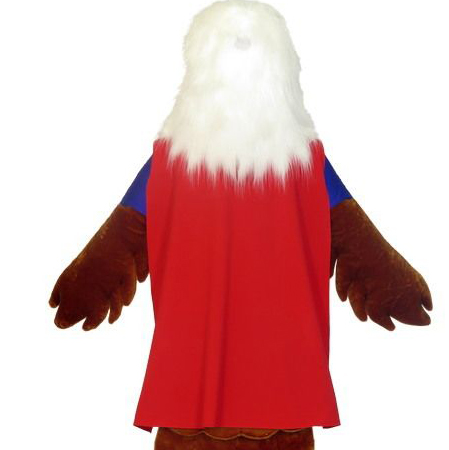In recent years, the importance of inclusivity and diversity has become more apparent across various sectors, including sports, entertainment, and education. One notable area where this shift is gaining momentum is in mascot costume designs. Traditionally, mascots have been designed to be universally appealing characters that represent the spirit and identity of a specific team or organization. However, as society progresses towards greater inclusion, mascot costumes are evolving to reflect the diverse fabric of our communities. This article explores how inclusive mascot costume design can celebrate diversity and promote a sense of belonging for everyone.
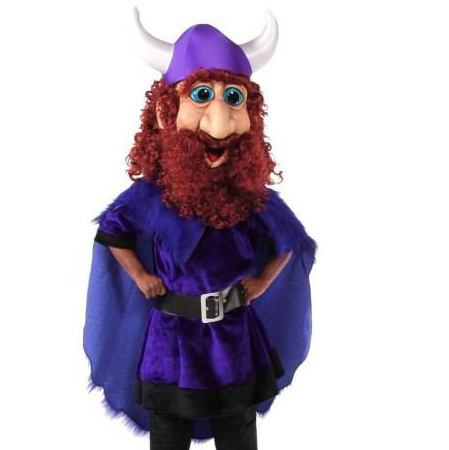
The evolution of mascot costumes into more inclusive designs signifies a broader cultural movement aimed at recognizing and celebrating differences. Instead of creating a single character intended to resonate with a broad audience, modern designers are developing mascots with features that pay homage to various cultural backgrounds, abilities, genders, and body types. By incorporating diverse elements into their designs, these mascots not only enhance relatability but also foster an environment where everyone feels represented and valued.
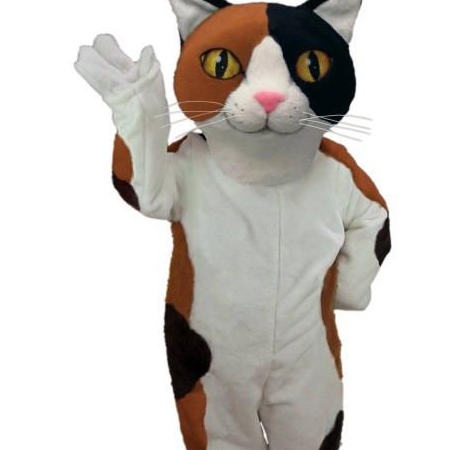
One key aspect of inclusive mascot design is cultural representation. Mascot costumes now often draw inspiration from traditional attire, symbols, and aesthetics from different cultures. For instance, a sports team located in a multicultural city might introduce mascot variations representing prominent ethnic groups in the community. These culturally rich designs help bridge gaps between diverse groups and create a unifying symbol that celebrates the city’s heritage. Additionally, they educate younger generations about the importance of acknowledging and respecting different cultural identities.
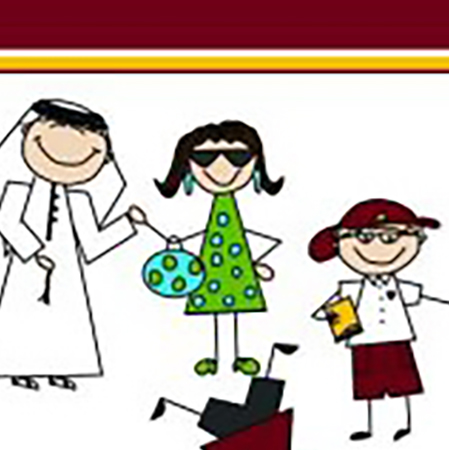
Inclusivity in mascot design also extends to accommodating various physical abilities. Historically, mascot costumes may not have been fully accessible to individuals with disabilities. Today, forward-thinking organizations are designing mascot costumes that consider ease of movement and comfort for people with different physical needs. Features such as adjustable straps, lightweight materials, and modular components allow individuals with mobility issues to participate as mascots without discomfort or difficulty. This not only promotes participation but also sends a powerful message that everyone can contribute and feel a part of the community.
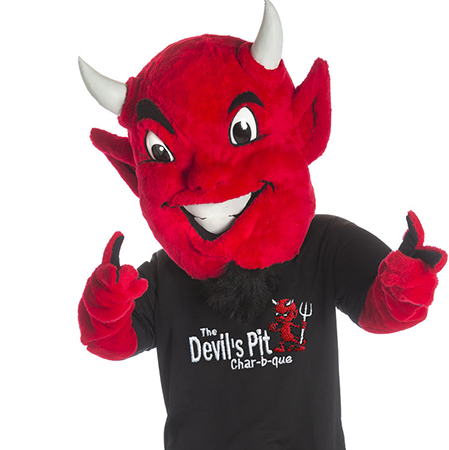
Gender diversity is another crucial element being integrated into mascot designs. In the past, many mascots were designed with a specific gender in mind, which could alienate those who did not fit these binary categories. Modern mascot costumes increasingly embrace androgyny or provide gender-neutral options, ensuring that anyone can don the costume regardless of their gender identity. This approach not only broadens the pool of potential performers but also reinforces the idea that fun, enthusiasm, and representation should not be confined by traditional gender norms.

Lastly, promoting body positivity through mascot costume design is essential for creating inclusive environments. Rather than adhering to conventional beauty standards, contemporary mascot costumes celebrate different body shapes and sizes. By featuring diverse body types in their marketing materials and public appearances, organizations demonstrate their commitment to body positivity and self-acceptance. This inclusive approach helps reduce stigma around body image and encourages fans to embrace their unique attributes proudly.
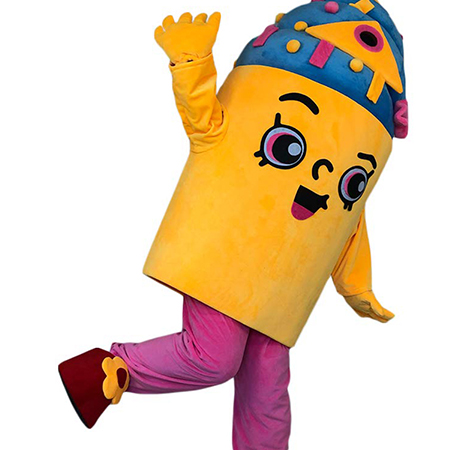
In conclusion, inclusive mascot costume design represents a meaningful step towards embracing diversity in society. By incorporating cultural representation, accommodating various physical abilities, promoting gender diversity, and supporting body positivity, mascots become powerful symbols that unite rather than divide. As more organizations adopt these inclusive practices, we move closer to creating environments where everyone feels seen, heard, and celebrated. Through thoughtful and deliberate design choices, inclusive mascot costumes play a vital role in fostering a sense of belonging for all members of the community.
